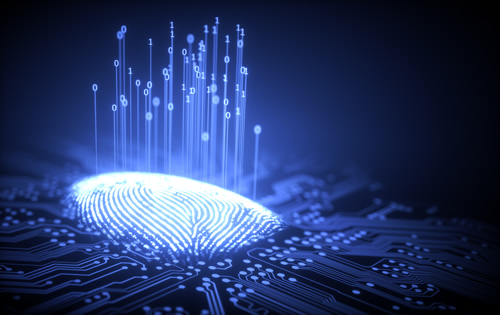
Identity verification has become a pandemic-era imperative
Remote learning has accelerated the risk of identity fraud for students; educational institutions must step up to fight it on their behalf
By Carey O’Connor Kolaja, Chief Executive Officer, AU10TIX February 24th, 2021Practically overnight, the global pandemic crumpled up traditional education models and tossed them into the wastebasket. Schools around the world were forced to reinvent their infrastructure in real time and to persevere through one of the most urgent, drastic, and important pivots of any sector.
With roughly 1.4 billion children across 186 countries facing pandemic-related school closures, there was no precedent for a disruption of this magnitude—and no readily-available Plan B.
Schools get an A for effort for engaging students in virtual and hybrid learning environments for the first time. But their transition to technology-led teaching and learning environments exposed numerous cracks in these hastily assembled systems. Some were patched immediately; others were left to address later. One of these is how susceptible students’ digital identities are to fraud. According to Microsoft Security Intelligence, education is more impacted by enterprise malware encounters than any other industry, representing 62.2 percent of reported incidents.
Though there’s cause for concern, there’s equal cause for optimism. The pandemic has presented educators, technologists, and institutions with the opportunity to implement holistic system improvements that leverage automated ID verification and authentication.
Roll call, reinvented
In the physical world, identity verification was done visually. The student walked into the classroom, was recognized by the educator, and their attendance was taken. While considerable due diligence is performed upfront when admitting a student into a primary education, secondary education, or university; there is little to none done once the student has been accepted and registered.
In a virtual or blended classroom, identity verification is both more complicated and more critical. Especially if educators are not required to verify students’ identity via video, and students are not required to keep their camera on, how can schools be sure that the named person who will eventually get the certification is the person who is taking the class?
Identity verification ensures students’ appropriate access to virtual content, digital curriculums, and grades, and also comes into play during test-taking, ensuring the authenticity of the tester and their work. The need for verification even extends past graduation. It can be used to confirm a student’s grades are actually their grades or to attest for a diploma or degree.
Identity crises facing education
The same fraudsters attacking financial institutions and Big Tech are now going after educational institutions. They’re not there to audit course material or change student grades and class schedules. They want to steal from students the same thing they steal from all their targets—personal identifiable information that they can then use in a number of financial crimes. Students are increasingly more vulnerable to identity fraud, as identity theft can go undetected for years, and the education sector is particularly unfamiliar with how to fight cybercrime.
Educational institutions have notoriously not kept pace with the speed of technological advances nor the sophistication of fraudsters. Often, there has been little to no investment in the security of their networks and systems. As a result, there are vulnerabilities and personal data that are ripe for exploitation.
Seize these 5 opportunities for increased security today
There are distinct opportunities to shape the future of academia in the current moment—from a technological perspective as well as an identity perspective.
1. Study other industries. Become a student of those industries that paved the path over the last decade and glean best practices learned from their experience. Technology is only one way to keep information safe; digital identity literacy is equally important. If you don’t know about a risk, you can’t protect against it.
2. Implement continuous authentication. Authentication is not a one-time event—it needs to be continuously challenged. Reverification is especially important for accessing data or performing tasks that are of higher risk.
3. Move beyond the password. Password protection is no longer suitable to serve as the only mechanism for protecting today’s network economy, as passwords are easily compromised and static.
4. Understand data privacy laws. Consider not only the data that’s captured from students, but also how it is stored. If state and federal laws are not adhered to, noncompliance can create profound financial hardship for the public and private education sector.
5. Consider the identity of “things.” Verifying what is on the school network or accessing the systems is equally important as who is accessing it. With more students on digital devices and more students sharing those devices, it’s important to verify that the device requesting access is associated with the proper individual.
The shift to e-learning has delivered an explosion of connectivity, exposing safety considerations along with opportunities to make the improvements that will be necessary to protect students and institutions. Today, the focus may be on enhancing remote access or exam proctoring, but educational institutions will soon realize that they can’t look away from their students’ digital identities a day longer. Rather than allowing the workforce of the future to drive changes in academia, changes in academia can deliver the future workforce.
About the Author:
Carey O’Connor Kolaja is the chief executive officer of AU10TIX, the global leader in automated identity intelligence and cyber fraud prevention. She is one of the top influential women in the fintech industry, and has more than 25 years’ experience, leading the “Fortune 500,” from start-up ventures to scale-up enterprises.